Japanese cuisine is a fascinating blend of tradition and innovation, and its approach to portable food storage is no exception. From the humble origins of bento boxes to the sleek, modern designs we see today, the evolution of how Japan stores and transports food reflects its cultural values of efficiency, aesthetics, and sustainability. These containers aren’t just practical—they’re an art form that tells a story of culinary heritage.
As we explore this journey, we’ll uncover how historical needs, like feeding samurai on the go, shaped early designs and how modern lifestyles continue to influence innovations. It’s incredible to see how something as simple as food storage or using a caire freestyle comfort can connect us to Japan’s rich history and its forward-thinking approach to design.
The Origins Of Portable Food Storage In Japan
Ancient food preservation practices in Japan laid the foundation for portable food storage. Necessity and innovation shaped ways to maintain food quality over long periods, especially during travel or labor.
Traditional Food Preservation Methods
Methods like drying, salting, and fermenting were vital for preserving food. Fish and vegetables, for example, were frequently salted to extend shelf life for months. A notable technique, “himono,” involved sun-drying fish, maintaining its nutrients while reducing spoilage. Fermentation played a key role in creating staples like miso and pickled vegetables called “tsukemono,” which added flavor and prolonged edibility. These methods ensured food could be stored and transported efficiently without relying on refrigeration.
Early Forms Of Portable Food Containers
Portable food containers appeared during Japan’s feudal period. Soldiers and farmers used simple wooden or bamboo boxes to carry preserved foods like rice balls (onigiri) and dried fish. Samurai often relied on “koshibento,” small belt-tied containers for carrying meals during travel or battle. These early forms prioritized functionality but increasingly reflected attention to design and convenience, serving practicality and cultural aesthetics.
The Rise Of Bento Boxes
Bento boxes have become a symbol of Japanese culinary culture, blending functionality with artistic presentation. Their evolution reflects centuries of innovation in food storage and preparation.
Historical Development Of Bento Culture
Bento culture traces back to the Kamakura period (1185–1333), when travelers and workers carried dried rice in small pouches. By the Edo period (1603–1868), bento boxes had evolved into lacquered wooden containers used for outings like tea ceremonies, hanami (flower viewing), and were even available as eki ben at train stations. These early designs prioritized portability and allowed people to enjoy balanced meals away from home. The modernization of Japan in the Meiji era (1868–1912) popularized aluminum bento boxes, which symbolized industrial progress. Over time, bento boxes became essential for both travel and everyday life, aligning with Japan’s growing urban culture.
Bento Box Aesthetics And Practicality
Bento boxes represent both aesthetic appeal and practical utility. Traditionally, compartmentalized designs arranged rice, proteins, and vegetables to create visually balanced meals. These layouts followed principles like “five colors” (go-shiki) and “five tastes” (go-mi) to ensure nutritional diversity. Modern bento designs focus on lightweight materials like plastic and stainless steel to meet the needs of busy lifestyles, while traditional styles like nori bento remain popular for their simplicity and flavor. Yet, the attention to detail remains, as bento boxes cater to both visual charm and comfort in carrying food. Their evolution exemplifies Japan’s ability to innovate while respecting tradition.
Innovations In Modern Portable Food Storage

Photo by Dan Gold on Unsplash
Advances in materials and designs have transformed portable food storage in Japanese cuisine. Modern innovations balance practicality, aesthetics, and cultural traditions.
Introduction Of Plastic And Stainless Steel Containers
Plastic and stainless steel revolutionized portable food storage. Lightweight plastics became popular in the mid-20th century, offering durability, affordability, and design versatility. These materials made bento boxes more accessible, allowing for vibrant colors and intricate patterns that reflect personal style. Stainless steel introduced a new level of functionality by enhancing thermal insulation and food preservation, keeping meals fresh for longer periods.
Manufacturers incorporate airtight seals and leak-proof designs, enabling greater convenience for travel or work without compromising food quality. Both materials cater to busy lifestyles while upholding the essence of bento culture: balancing utility with visual appeal. These innovations demonstrate how modern materials adapt to evolving consumer needs while preserving Japan’s culinary heritage.
Influence Of Modern Lifestyles On Bento Evolution
Modern lifestyles have shaped bento designs to emphasize portability and comfort. Compact and lightweight, today’s bento boxes accommodate busy schedules, fitting into bags for effortless transport. Features such as stackable layers and microwavable containers cater to on-the-go eating habits, enhancing user convenience.
Customizable compartments support dietary diversity, aligning with health-conscious trends. Eco-friendly materials like BPA-free plastics or bamboo elevate sustainable practices alongside traditional influences. The growing global interest in Japanese cuisine introduces bento innovations, blending cultural elements with functional upgrades to meet modern expectations. These developments highlight how portable food storage adapts to dynamic demands, offering freedom in meal preparation.
Cultural Significance Of Portable Food Storage
Portable food storage holds deep cultural meaning in Japanese cuisine, blending practicality with aesthetics. It symbolizes the nation’s connection to heritage, social practices, and shared values.
Portable Food Storage And Japanese Traditions
Portable food storage reflects core Japanese traditions centered around balance, harmony, and respect. The meticulous preparation and presentation of bento boxes tie into cultural values of thoughtfulness and care. These containers often feature seasonal ingredients, promoting a bond with nature.
Events such as hanami and tea ceremonies historically incorporated bento boxes, reinforcing communal connections. Designs evolved with lacquered finishes during the Edo period, embodying Japan’s artistic heritage. Functionality remained crucial, as seen in koshibento used by samurai on journeys, showcasing adaptability to specific needs.
The Global Popularity Of Bento Culture
Bento culture’s fusion of functionality and artistry has captured global attention. Its compartmentalized layouts cater to health-conscious consumers, offering balanced portions and nutritional variety. Modern bento boxes prioritize convenience, blending traditional design elements with innovative features like leak-proof compartments.
Japanese cuisine’s rising global influence has also fueled interest in portable food storage. International markets now embrace eco-friendly materials and customizable designs, aligning with sustainability efforts and diverse diets. Bento boxes exemplify cultural sharing, combining heritage with modern lifestyle demands.
Environmental Impact And Future Trends
Japanese portable food storage continues evolving, emphasizing sustainability and innovation to reduce environmental impact. Modern designs reflect both cultural preservation and eco-conscious priorities.
Shift Toward Eco-Friendly Materials
The transition from traditional lacquered wood to contemporary materials highlights the growing focus on sustainability in Japanese portable food storage. Modern bento boxes increasingly use renewable materials like bamboo fiber, PLA (polylactic acid), and recycled plastics. These options minimize environmental strain while maintaining durability and aesthetic quality. For example, bamboo bento boxes combine natural elegance with biodegradability.
Consumer demand for greener products has driven the adoption of reusable and recyclable designs, replacing single-use plastic containers. Brands in Japan and beyond integrate eco-friendly elements without compromising functional appeal, ensuring that bento boxes remain practical, lightweight, and visually pleasing. As sustainability gains global importance, eco-conscious bento designs symbolize responsible consumption.
Innovations In Sustainable Food Storage Solutions
Technological advancements support the creation of smarter, eco-focused portable food storage solutions. Innovations include self-cleaning materials, airtight systems reducing food waste, and modular compartments made from recycled or reusable materials. For instance, bento boxes with built-in cooling elements enhance freshness without external refrigeration.
Designers frequently combine sustainability with efficiency through stackable, compact models. Such configurations align with the values of reducing material use and embracing minimalism in everyday life. Global adoption of bento culture has also driven brands to innovate multifunctional containers catering to diverse consumer priorities. Integrating improved usability and eco-friendly design ensures portable food storage aligns with evolving environmental and lifestyle standards. Learn more about Japanese culinary traditions and how they’ve inspired the world.
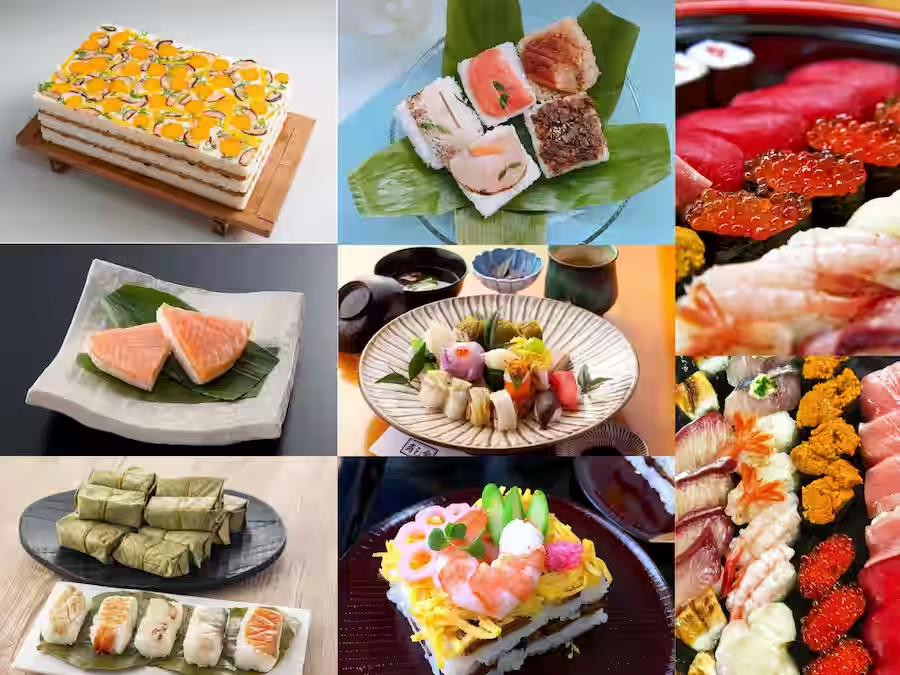
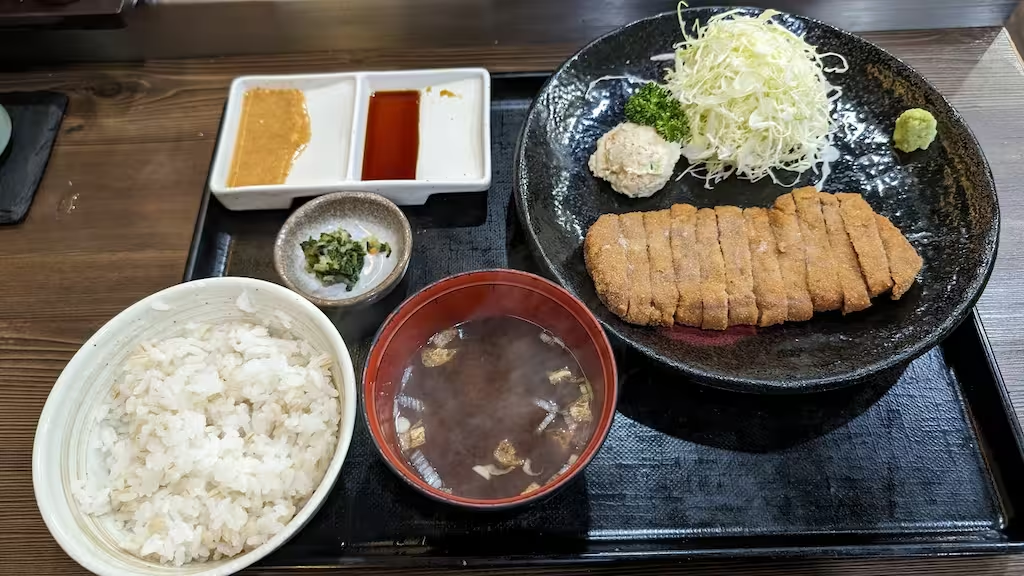
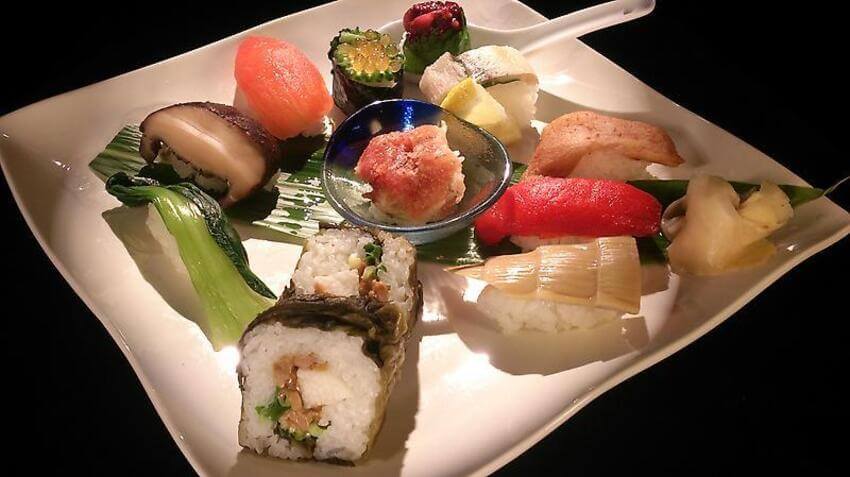
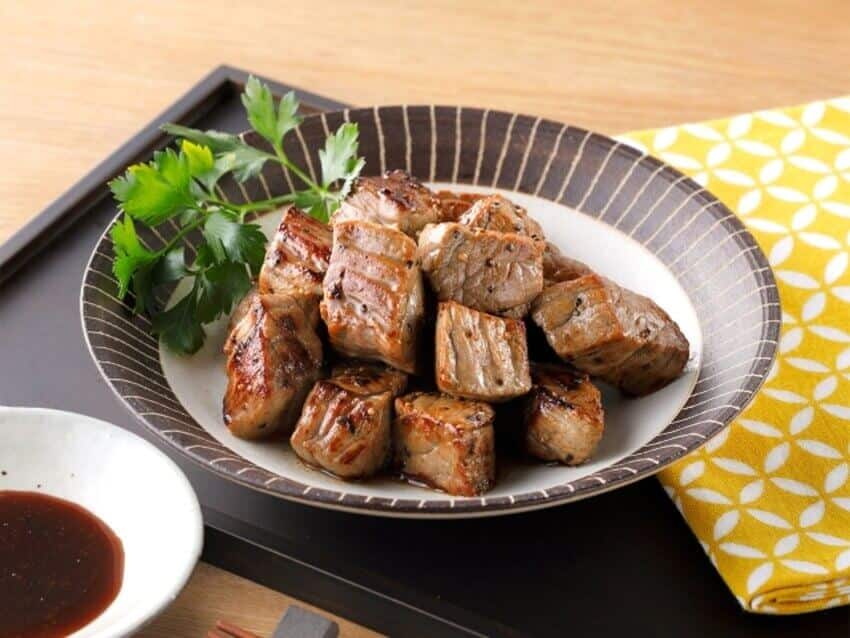
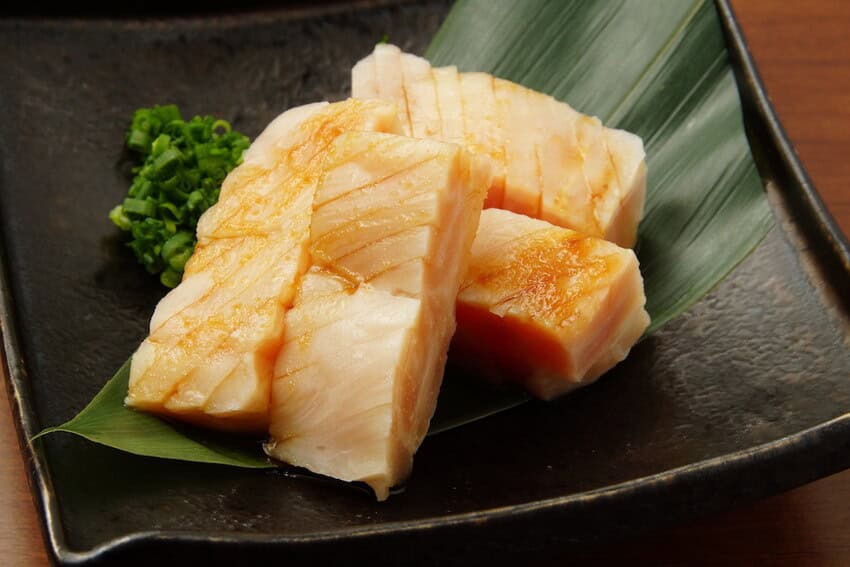

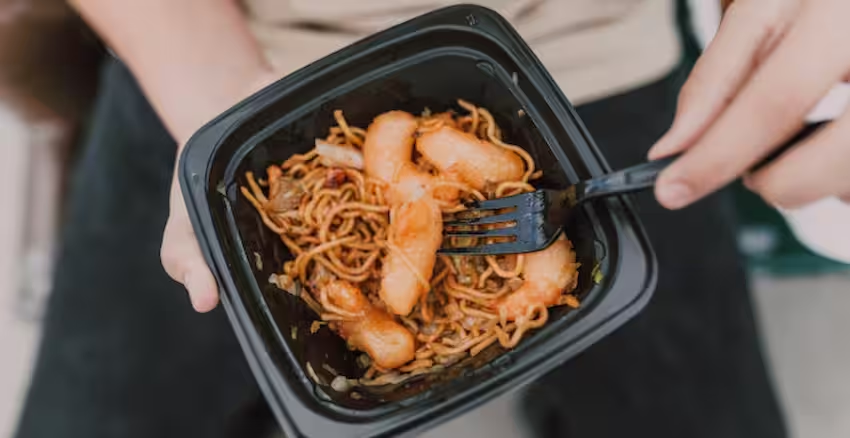
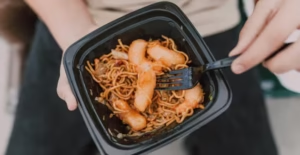


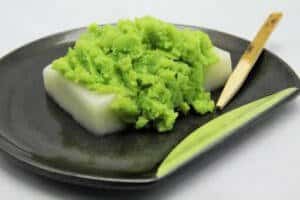

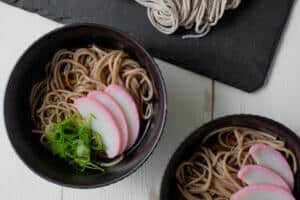
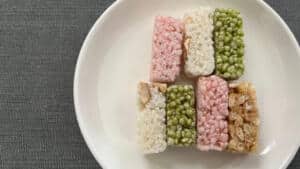
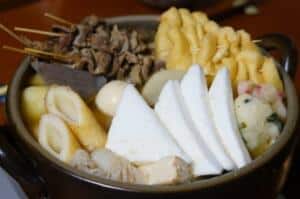
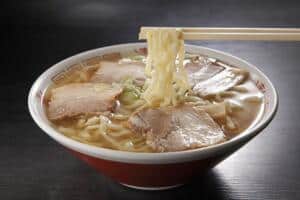
Comments